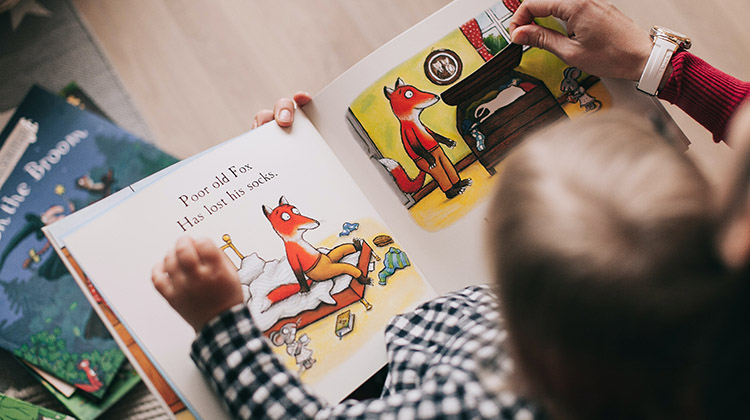Reading for Resilience Among At-risk Kids

Simply being read to at home has a huge effect on children’s metal health and is one of the biggest predictors of resilience in both boys and girls in struggling families.
While reading to children at home has long been associated with school readiness and scholastic outcomes, it can mitigate some of the negative outcomes of child maltreatment.
In Australia in 2021, nearly 300,000 children aged 0-17 years had one or more child protection notifications with 105,000 the subject of an investigation and nearly 50,000 the subject of substantiated abuse or neglect.
A study from the University of South Australia found that victims of child maltreatment are generally more developmentally vulnerable than their peers at the start of school.
Lead researcher, Professor Leonie Segal says there is an acute need to support these children and their families, before the children start school, with reading being a key factor for success.
“A good start to school is predictive of later outcomes, so it’s vital that we not only identify those at risk early on, but also find ways to support children’s emotional, social and physical development, before they start school,” Prof Segal says.
“Reading out loud can create many positive outcomes for children. As a shared experience between parent and child, it encourages connection, while also directly contributing to child development through exposure to words and stories.
“Children in families that are struggling to create a nurturing environment will especially benefit from reading with a parent or carer, improving their resilience and keeping them developmentally more on track, despite their adversity exposure.”
The study analysed data covering 65,083 children who had completed the Early Australian Development Census (AEDC) at 5 to 6 years old, when starting primary school, identifying 3414 high-risk children who had experienced maltreatment.
Boys were found to be developmentally behind girls, particularly those who had been exposed to abuse or neglect.
Prof Segal says the education sector must look at strategies to better support boys in early learning environments.
“Our study found that boys had a much higher risk of being developmentally behind than girls, as did children living in remote or rural areas, and those with a physical, sensory, or learning disability. All these groups need far greater supports,” Prof Segal says.
“Paying particular attention to boys, especially those who are victims of child maltreatment is critical. Encouraging parents to read to their boys while valuable, is not enough, the onus is on the education sector to identify other mechanisms to support boys.
“This could include recruiting more male educators into early childhood settings and ensuring learning approaches are sensitive to the specific needs of boys.
“Males currently make up less than five per cent of the early childhood education workforce, with their presence in primary schools also declining. Boosting the gender balance among educators could be an important step to helping boys.
“Understanding which attributes can help young children to be more resilient – or conversely which factors can put them at greater risk – can form the basis of interventions for child victims of maltreatment to improve life trajectories.”
Image by Lina Kivaka